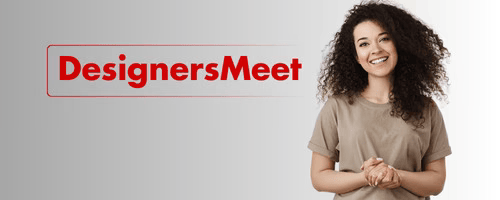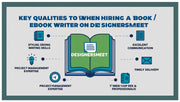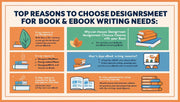Web design is an ever-evolving field, constantly influenced by technological advancements, user preferences, and industry standards. Staying abreast of current trends is crucial for creating modern, effective websites that engage users. Here’s a look at some key trends shaping the evolution of web design.
First, minimalism continues to be a dominant trend in web design. Clean, simple layouts with ample white space allow users to focus on essential content without distraction. This approach not only enhances user experience but also improves loading times, contributing to better performance. Minimalist designs often feature bold typography and high-quality images that convey messages efficiently.
Next, responsive design remains vital as mobile device usage continues to rise. Websites must be optimized for various screen sizes to provide a seamless experience across desktops, tablets, and smartphones. Responsive design adapts layout and content to fit different devices, ensuring that users can access information easily, regardless of how they connect. This trend is essential for meeting user expectations and improving search engine rankings.
Additionally, the integration of dynamic elements, such as animations and micro-interactions, has gained popularity. Subtle animations can enhance user engagement by providing feedback during interactions, such as hovering over buttons or submitting forms. These dynamic elements add an enjoyable layer to the user experience while maintaining usability and functionality.
Moreover, dark mode design has become increasingly prevalent, particularly in response to user demand for visually comfortable interfaces. Dark mode reduces eye strain in low-light environments and can create a modern aesthetic. Offering a dark mode option allows users to customize their experience, demonstrating attentiveness to their preferences.
In conclusion, web design trends are continually evolving, influenced by user needs and technological advancements. Minimalism, responsive design, dynamic elements, and dark mode are key trends shaping the future of web design. By staying current with these trends, designers can create modern websites that engage users and enhance overall experiences.




